
The bond between humanity and the internet is now essential; neither thrives without the other. However, this crucial connection often comes at a high price. Americans typically pay around $78 monthly for home internet, a figure significantly increased since 2024 according to CNET. A 2022 Forbes Home survey reported an average of $65 monthly, totaling $780 annually. Without vigilance, your internet cost can easily double, particularly with equipment rentals or unexpected price hikes.
Whether for remote work, gaming, or streaming, a reliable, high-speed connection is vital. Yet, quality internet doesn’t always have to break the bank. While cheaper or low-income plans exist, they often entail compromises like reduced speeds. The common belief that high-speed internet always means higher costs isn’t necessarily true.
You possess more power than you might imagine to combat these rising expenses. By becoming an informed, proactive consumer, you can navigate complex broadband pricing to uncover substantial savings. This guide will provide actionable strategies to cut your internet costs without sacrificing the speed or quality you need. Let’s explore the first half of our essential tips to help you keep over $700 in your pocket this year.

1. **Closely Examine Your Internet Bill**Your first step to internet savings is to fully understand your bill. Many consumers simply glance at the total, missing crucial itemized details. You must dissect your bill to see exactly what you’re charged for internet speed versus data usage. This initial scrutiny reveals potential savings and helps identify discrepancies or unnecessary charges.
Calculate your “cost per Mbps” to assess value: divide your monthly plan cost by your actual download speeds. Aim for 25 cents per Mbps or less. This quickly shows if your plan offers good value. Also, meticulously read the fine print on recent bills to uncover any hidden fees your ISP might be adding. These small additions accumulate significantly.
ISPs are federally mandated to provide “broadband labels” detailing plans and fees. While often buried, finding these is invaluable. Knowing about hidden fees gives you leverage. Many “extra fees” can be removed if you ask, making your informed position a powerful negotiation tool.
Finally, use a speed test to verify your actual download speed against advertised rates. Consistently slower speeds may indicate a need for Wi-Fi optimization or provide a point for discussion. Check for data caps: are you incurring overage fees? If so, consider an unlimited tier or switching providers to avoid unexpected costs.
Read more about: The Crimson Divide: Sydney Sweeney, ‘MAGA Red,’ and the Cultural Firestorm at the 2025 Emmys

2. **Determine Your Actual Speed Needs**While alluring, the fastest internet speed isn’t necessary for most households. You likely won’t notice a difference between 300Mbps and 1,000Mbps in daily use. Effective internet often depends more on router placement, latency, and reliability than raw speed. Avoid overpaying for unused bandwidth.
Accurately evaluate your household’s genuine speed requirements. Count every bandwidth-consuming device, from smart TVs to smartwatches. CNET’s speed guide can help determine necessary speeds based on heavy users and monthly data. This prevents subscribing to unnecessarily high tiers.
For example, a 500Mbps plan might suffice for a remote worker and family, making a gigabit plan excessive. If internet use is primarily email, browsing, and light streaming by one or two people, downgrading to a 500Mbps tier or lower can significantly reduce your bill without affecting experience.
Specific activities demand different speeds: web browsing needs 5 Mbps, 4K streaming 25 Mbps, and group calls 4 Mbps. By calculating your cumulative needs, you can align your plan precisely. If your household needs about 34 Mbps, paying for 1,000 Mbps means drastic overspending, saving you substantial amounts monthly.
Read more about: Unlock Up To 25% Off Your Car Insurance: The Essential Guide to Anti-Theft Devices That Slash Your Premiums

3. **Minimize Connected Devices**Modern homes are filled with smart devices: TVs, phones, consoles, voice assistants, and security cameras. While convenient, they collectively hog bandwidth, potentially slowing speeds and, with data caps, increasing overage fees. Minimizing actively connected devices, when feasible, can optimize performance and reduce your bill.
In a single-person household, managing these bandwidth-hungry devices is straightforward. You control which devices stay connected versus those used intermittently. This reduces network strain, ensuring your paid-for speed is efficiently allocated to essential devices. It helps avoid data caps and maintains consistent performance without needing a more expensive plan.
In larger households, this challenge amplifies. With multiple occupants and numerous personal gadgets, asking everyone to disconnect or drastically reduce usage is often impractical. While brief periods of minimized use for critical tasks are feasible, expecting permanent reduction across the board is unrealistic.
Despite difficulties, small, conscious efforts help. Encourage connecting devices only when necessary, or use a guest Wi-Fi for less critical ones. Fewer devices drawing bandwidth generally leads to more effective internet service. This efficiency can prevent unnecessary plan upgrades, ensuring a smoother, more cost-effective experience.
Read more about: The Hidden Costs: Unmasking the Real Reasons Your Electric Bill Exploded After Bringing Home an EV

4. **Explore Government Low-Cost Programs**A significant avenue for reducing internet expenses, especially for eligible households, is government-backed discount programs. These initiatives ensure essential broadband access remains affordable. Leveraging them can yield substantial monthly savings, easing a significant financial burden into a manageable utility expense.
Start with federal assistance programs offering direct financial relief. The Lifeline program gives eligible low-income households about $9 off their monthly bill. While the Affordable Connectivity Program (ACP) ended in May 2024, it previously offered up to $30 monthly discounts, showcasing such support’s impact.
Beyond federal options, many states and localities collaborate with ISPs for reduced-cost plans. A state-by-state guide for low-income internet can reveal specific programs in your area. These local resources often target regional needs, providing tailored solutions for affordable broadband and maximizing your potential savings.
Crucially, federal program discounts like Lifeline can often combine with providers’ low-cost plans. Many ISPs now offer specialized plans for low-income customers, most priced under $30. Since 2022, many committed to providing these plans with a minimum of 100Mbps download speed, aligning with new FCC guidelines, ensuring affordability without sacrificing necessary speed.
Read more about: Budget Travel’s Grand Return: Why Savvy Explorers Are Embracing Value and Discovery in the New Travel Era
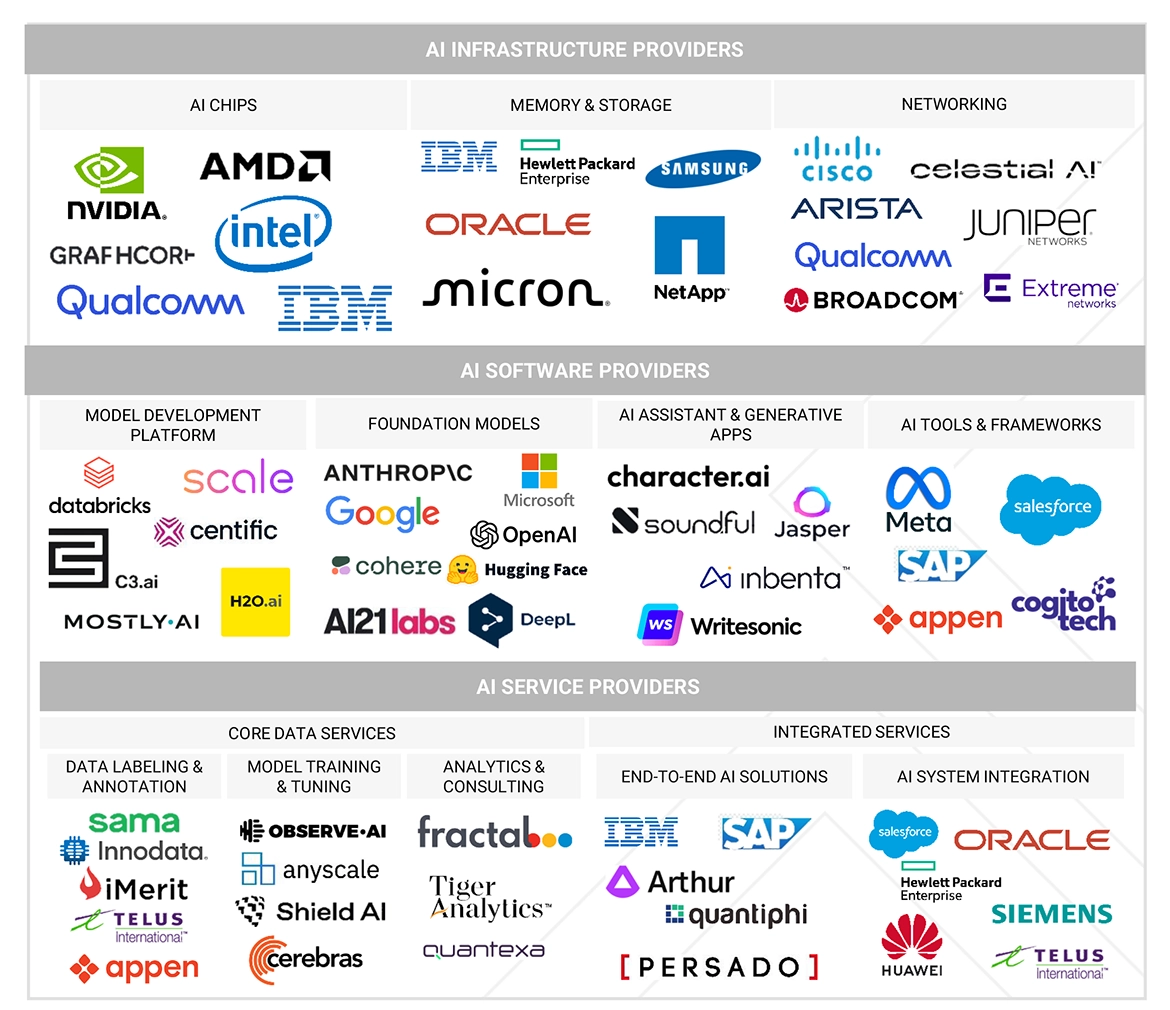
5. **Research Competing Providers Thoroughly**Once you understand your bill and speed needs, thoroughly research the competitive ISP landscape in your area. The market is dynamic, with numerous companies vying for your business via attractive offers. Failing to explore alternatives means potentially missing out on better deals and long-term savings.
Identify all ISPs servicing your address, beyond just dominant players. Smaller, local providers sometimes offer more competitive rates. T-Mobile and Verizon, with 5G home internet, frequently provide perks, add-ons, or contract buyouts to lure customers, which works in your favor.
When comparing offers, look beyond initial promotional prices. Many providers offer discounted rates for 12-24 months, then prices increase. Always ask about the long-term cost after the intro period. Compare your current payments to future costs to prevent surprises and budget realistically.
Directly contact competing providers; express interest in switching. You’ll likely receive attractive sign-up bonuses or reduced rates. These offers become powerful leverage when negotiating with your current ISP. Also, ask friends and family about their providers and costs; if you pay more for comparable service, that’s valuable negotiation ammunition.

6. **Invest in Your Own Equipment**The equipment rental fee is a persistent, yet easily eliminated, charge on internet bills. ISPs routinely charge $5-$20 monthly for modem and router use, totaling $60-$240 annually for hardware you never own. A smart, one-time investment in your own equipment leads to substantial long-term savings and often, a superior internet experience.
While the initial outlay for purchasing equipment might seem significant ($100-$200 for quality models), it typically pays for itself within a year. For example, $15/month rental fees total $180/year. Buying a $150 modem/router recoups your investment in 10 months. After that, every month is pure savings, eliminating the fee indefinitely.
Beyond financials, owning your equipment offers performance advantages. ISP-provided routers are often basic. By purchasing your own, you can select higher-performing, faster, and more reliable equipment, leading to improved Wi-Fi coverage and stronger signals. You also gain greater control over network settings, security, and features.
When selecting new equipment, verify compatibility with your ISP and internet plan; most providers list approved modems. Future-proof by opting for devices supporting modern standards like DOCSIS 3.1. Recommended models include ARRIS SURFboard SB8200 modems and TP-Link Archer AX55 routers.
Once new equipment is installed, promptly return any rented equipment to your ISP. Delaying can result in hefty “unreturned equipment fees” (over $100), negating your savings. Taking charge of hardware eliminates a recurring expense, enhances performance, and ensures your bill reflects only the service you receive.
Read more about: Is It True? The Wild Rumor About Beyoncé and a Stolen Master Recording: An Unpacking of the Atlanta Theft
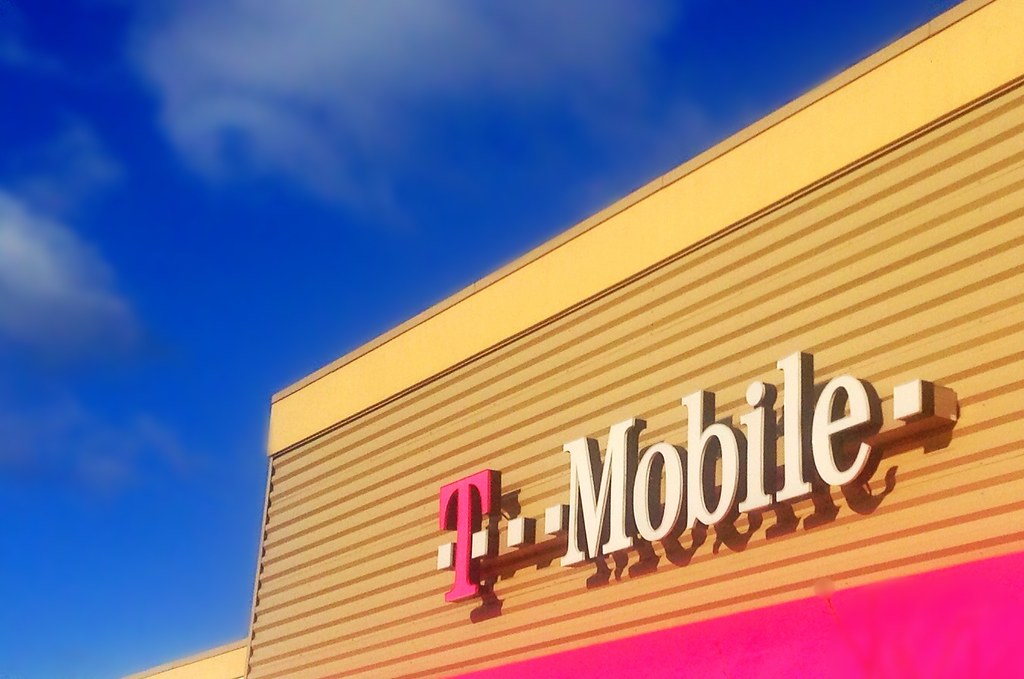
7. **Strategically Bundle Services**Internet service is often one part of a household’s utility budget, including mobile phone, cable TV, or home phone services. Many ISPs offer “bundle packages” combining internet with these services at a discounted rate. While potent for cost reduction, this demands a careful, strategic approach to ensure genuine savings, not inadvertently paying for services you don’t truly need.
The primary allure of bundling is a consolidated, lower overall monthly bill. T-Mobile and Verizon, for instance, often offer $10-$20 discounts on home internet when bundled with eligible mobile plans. This consolidation reduces expenditure and simplifies billing. Investigate whether your current or prospective ISP provides such discounted bundle options aligned with your existing service needs.
However, “strategically” is key. A bundle only offers genuine savings if you actively utilize all included services. If you’ve “cut the cord” and stream exclusively, subscribing to cable TV just for an internet discount is counterproductive. The internet savings would likely be eclipsed by the cost of unwatched TV service. Avoid overspending on superfluous services.
Focus on bundles that integrate with your established usage patterns. If you’re already a T-Mobile or Verizon mobile customer, combining home internet with that plan could be ideal. Similarly, if a bundle includes a streaming service you’d otherwise pay for separately, that’s a smart financial decision. The market offers diverse mobile and internet bundle options to reduce costs without committing to unnecessary services.
Read more about: The Unexpected Urban Conundrum: Why Owning a Car in the City Can Become a Significant Liability
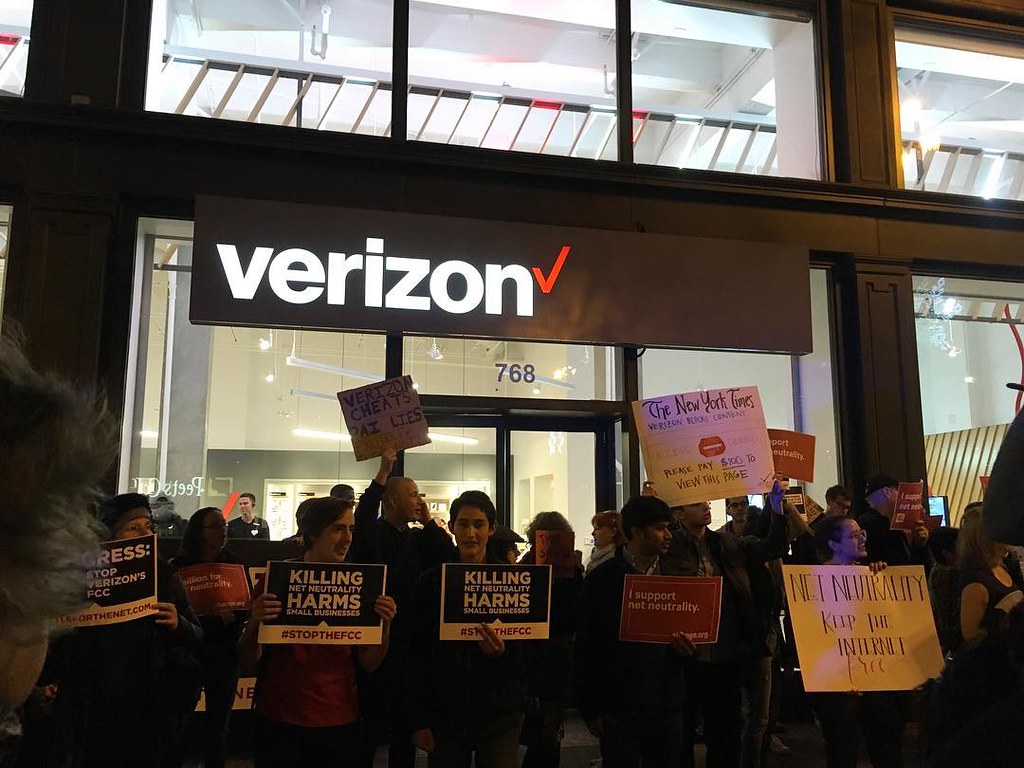
8. **Negotiate with Your Internet Provider**This is the big one, often intimidating, but incredibly effective. The context states, “Negotiating your internet bill can lead to significant savings by leveraging your value as a customer and the competitive landscape of the broadband market.” It’s a daunting prospect, but it’s one of the most important ways to get a lower internet bill, especially if you’ve been with the same provider for a few years. Your ISP is more likely to work with you on lowering your bill.
Companies want to retain customers. “Acquiring customers is expensive, and losing you is a hit to their bottom line.” If you’re paying $120 per month for cable and broadband, that’s almost $1,500 per year! It’s easier for your ISP to cut you $10-$40 per month in slack than it is for them to lose your patronage. This competitive landscape and the value of customer retention are your biggest bargaining chips.
Effective negotiation requires thorough preparation. Before you pick up the phone, “assess your situation” by noting your payment history, how long you’ve been a subscriber, and any past service issues or uncompensated loss of service. If you pay your bills on time every month, you’re in a great position to negotiate. Also, make note of any previous promotions you’ve used and any price hikes that have occurred during your contract, as these can be powerful talking points.
“Research your options” by gathering plan prices, availability, and service quality information for all ISPs in your area. This knowledge arms you with leverage. “If you mention offers from competitors you’ve come across, your customer service rep may give you a deal to keep you a happy customer.” Knowing about competing offers gives you a significant advantage, as your provider understands you can move on if unsatisfied.
Prepare a script of your key talking points to ensure confidence and clarity during the call. Simple yet effective phrases like, “I want to cancel my account. Other providers have better offers, and if you can’t match them, I’d like to switch,” can be very powerful. Remember, persistence pays off, so be polite but insistent, and don’t hesitate to ask for a manager if the initial representative won’t budge. Different reps may have different deals, so it’s even worth calling a few times.
Read more about: Beyond the Sticker Price: Unveiling How Car Dealers Secretly Add Thousands to Every Sale Through Financing and Hidden Charges

9. **Promptly Return Rented Equipment**While you’ve already saved by investing in your own modem and router, the job isn’t completely done until the old, rented equipment is back with your provider. This step is crucial for two reasons: ensuring the monthly rental fee is removed from your bill and avoiding costly “unreturned equipment fees.” As the context notes, “If you buy your own equipment, return it as soon as possible to get that fee off your bill.”
The monthly fees for renting modems and routers, which typically range from $5 to $20, can quickly add up. Once you’ve replaced the ISP’s gear with your own, that fee should disappear. However, many providers continue to charge this fee until the physical equipment is checked back into their system. A prompt return ensures this charge is eliminated swiftly, locking in your savings immediately.
Perhaps even more important is avoiding the dreaded “unreturned equipment fee.” These charges can be substantial, sometimes over $100, easily negating any savings you’ve achieved by purchasing your own hardware. The context explicitly warns, “Forgetting to do so could hit you with a hefty unreturned equipment fee, which can sometimes cost $100 or more.” Don’t let a simple oversight erase your hard-won financial gains.
Make sure to document the return process. Get a receipt or tracking number when you drop off the equipment. This proof of return is invaluable should any future discrepancies arise on your bill. By being diligent and returning all rented modems, routers, or set-top boxes without delay, you ensure that your internet bill truly reflects only the service you’re paying for, free from unnecessary equipment charges.
Read more about: The Unwritten Rules of the Wedding Guest: 15 Mistakes You’re Making Without Knowing It

10. **Identify Specific Demographic Discounts**Beyond general low-income programs, many internet service providers offer specialized discounts targeting specific demographic groups. These can provide additional layers of savings, significantly reducing your monthly bill if you meet the criteria. It’s always worth investigating if your particular life stage or affiliation qualifies you for these often-overlooked benefits.
The context highlights several key groups that may be eligible for these valuable discounts. For instance, “Senior citizens (aged 65+)” might qualify for “up to 30% off regular rates.” This can be a substantial saving for retirees or those on fixed incomes. Similarly, “Students” can often access “special academic year promotions with valid .edu email,” helping ease the financial burden for those pursuing education.
Furthermore, “Military personnel” are another group frequently extended discounts by various providers as a gesture of appreciation for their service. These offers can sometimes be combined with other available promotions, maximizing your overall savings. Always inquire directly with your ISP about any military-specific programs they might have.
While federal programs like Lifeline offer broad assistance, these demographic discounts provide a more granular approach to affordability. Ensure you present valid identification or proof of eligibility, such as an .edu email for students or military ID. By actively seeking out and applying for these targeted discounts, you can further tailor your internet plan to your budget, making essential broadband access even more affordable.
Read more about: The Affordable New Truck That Is Outselling the Ford F-150: Market Dynamics and Unprecedented Value

11. **Decipher Broadband Labels**While you may have initially glanced at your broadband label when examining your bill in step one, it’s worth revisiting this crucial document as an advanced tactic for deeper savings and negotiation leverage. The Federal Communications Commission (FCC) mandates that ISPs provide these labels, detailing plans and fees, and understanding them thoroughly is key to becoming a truly informed consumer.
These “broadband labels” are designed to demystify complex internet pricing by clearly outlining your plan’s download and upload speeds, monthly charges, and any associated fees, including hidden ones. The context reminds us that “ISPs are federally mandated to provide ‘broadband labels’ detailing plans and fees.” While they might be “buried on an ISP’s website or not included,” actively finding and scrutinizing them is invaluable.
The power of these labels lies in their ability to reveal charges that might otherwise go unnoticed. “Knowing about hidden fees gives you leverage.” Many “extra fees” can be removed simply by asking. If your label indicates a charge you weren’t aware of or one that seems excessive, it becomes a strong point for discussion during negotiations with your provider.
Moreover, the broadband label also specifies the download speed you’re *supposed* to receive for the plan you signed up for. By comparing this advertised speed to your actual speed (obtained via a speed test), you can identify potential discrepancies. Consistently slower speeds not only indicate a performance issue but also provide concrete evidence to your ISP that you’re not getting what you pay for, further bolstering your negotiation stance.

12. **Utilize New Customer Promotions as Leverage**A powerful, yet often underutilized, negotiation tactic is to leverage the attractive promotions internet providers offer to new customers. These deals are designed to lure fresh sign-ups, and while you might think they’re exclusively for outsiders, they can become your secret weapon when talking to your current ISP. The competitive market is ripe for this strategy.
Many providers, especially new entrants like T-Mobile and Verizon with their 5G home internet, frequently offer significant sign-up bonuses, discounted rates, or even contract buyouts to entice switches. The context mentions that Verizon 5G Home Internet “offers a range of perks and streaming add-ons and a contract buyout” and T-Mobile offers “a pre-paid Mastercard up to $300.” These offers demonstrate the lengths companies will go to gain a new customer.
Your goal isn’t necessarily to switch, but to use these offers as ammunition. “If you mention offers from competitors you’ve come across, your customer service rep may give you a deal to keep you a happy customer.” Knowing what new customers are getting, particularly for comparable service, gives you a strong argument. Why should a loyal existing customer pay more than a brand-new one?
Don’t be shy about asking your current provider directly: “Ask your current provider if any internet deals are available for new customers.” This forces them to acknowledge the disparity. Even if they don’t explicitly match a competitor’s offer, they might be willing to provide a similar discount or upgrade your service at a lower cost to prevent you from taking your business elsewhere. This tactic capitalizes on their desire for customer retention, turning competitor allure into your personal saving grace.
Read more about: The Jaw-Dropping Truth About Your Money: 14 Secrets to Supercharge Your Savings with Tagesgeld Accounts!
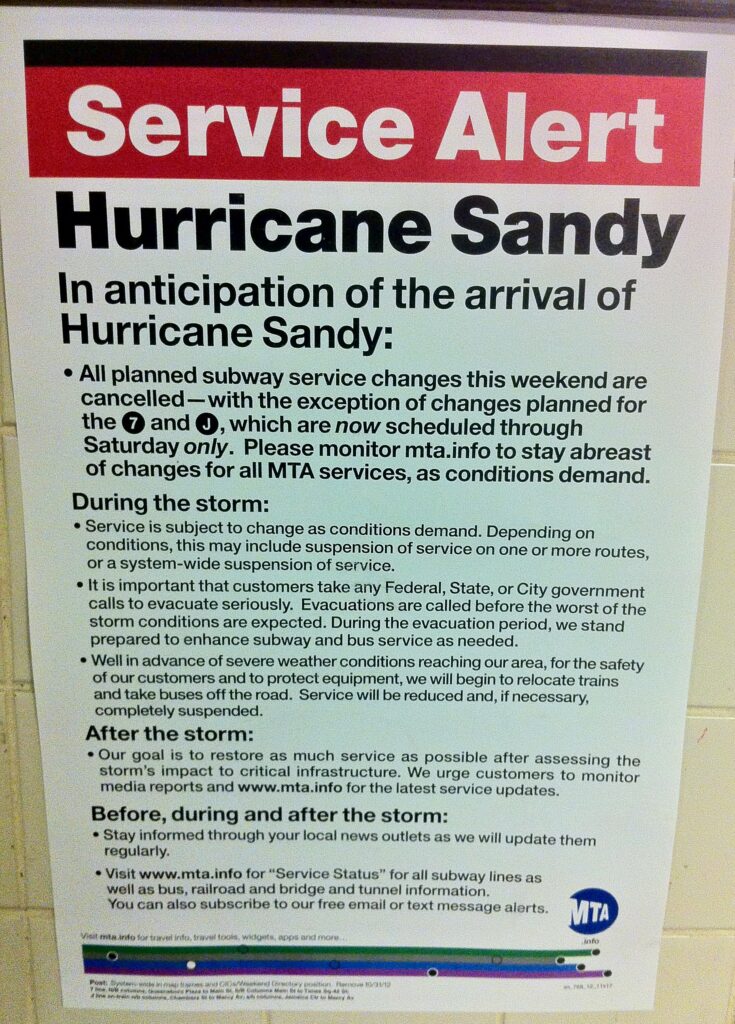
13. **Confidently Threaten Service Cancellation**This is the ultimate poker face in your negotiation strategy, a high-stakes move that can often compel your internet provider to offer better deals. While it might sound drastic, being prepared to follow through with a cancellation threat signals to your ISP that you are serious about getting a lower bill and are not afraid to take your business elsewhere.
The context provides clear guidance: “If the manager still doesn’t make an offer, you have two choices: try again later or go through with your cancellation.” This highlights that cancellation isn’t just a threat but a viable, and sometimes necessary, option. ISPs have retention departments specifically trained to prevent customers from leaving because “acquiring customers is expensive, and losing you is a hit to their bottom line.”
When you explicitly state your intention to cancel, you often get routed to a retention specialist who has more authority and discretion to offer significant discounts or special promotions. They understand the cost of losing a customer. “If your ISP can’t (or isn’t willing to) keep you, it’s the company’s loss, not yours.”
“Don’t be afraid to cancel your service.” While switching providers may involve a temporary inconvenience of closing one account and opening another, “saving a significant amount is worth it.” Sometimes, as a last-ditch effort, ISPs will “fold when you make the cancellation decision.” Even if they don’t, you’ll likely find a better plan for your budget elsewhere, proving that your willingness to walk away ultimately leads to savings.
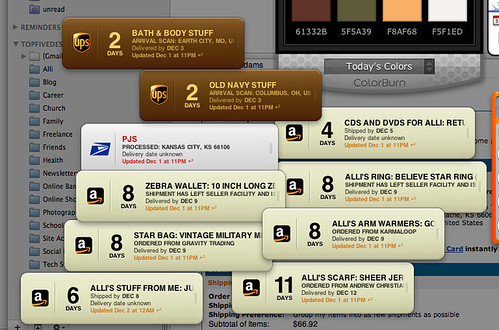
14. **Proactively Monitor Data Caps**In an era where digital consumption is constantly on the rise, many internet plans come with data caps, and exceeding these limits can quickly lead to unexpected and costly overage fees. Proactively monitoring your data usage is an advanced tactic that moves beyond simply checking your bill, allowing you to manage consumption strategically and avoid those unwelcome surprises.
The initial bill examination in Section 1 prompted you to “check for data caps: are you incurring overage fees?” This advanced step takes that a step further by emphasizing *proactive* vigilance. By regularly checking your ISP’s online portal or app, you can track your consumption throughout the billing cycle, well before you approach your limit. This foresight enables you to adjust usage patterns to stay within your allocated data.
Minimizing connected devices, as discussed in Section 1, directly supports this proactive monitoring. “Fewer devices mean you might avoid paying data overage fees and get more effective internet service.” If you see your data creeping up, it might be time to temporarily disconnect non-essential smart gadgets or switch to Wi-Fi on your phone when away from home to conserve your cap.
If you consistently find yourself nearing or exceeding your data cap despite careful management, it’s time for a strategic conversation with your provider. The context suggests that many providers, especially those with data caps, “have the flexibility to waive overage fees or upgrade you to an unlimited plan at a reduced rate if you ask.” Leverage your history of approaching the cap as a reason to negotiate a better unlimited tier or to explore providers without such restrictions. This proactive approach ensures you’re never caught off guard by extra charges, keeping your internet bill predictable and affordable.
Read more about: The Untapped Car Insurance Loophole That Could Slash Your Premiums by Up to 45 Percent This Year
The bond between humanity and the internet is now essential; neither thrives without the other. In this digital age, a reliable and fast internet connection is non-negotiable, but an exorbitant bill doesn’t have to be. As we’ve explored through these 14 essential tips, you possess considerable power to take control of your internet expenses. From meticulously auditing your usage and investing in your own equipment to strategically bundling services and confidently negotiating with your provider, every action you take chips away at unnecessary costs. By becoming an informed, proactive consumer, armed with the knowledge and tactics shared in this guide, you can successfully navigate the complexities of broadband pricing. So, go forth, apply these strategies, and keep over $700 in your pocket this year, ensuring your digital life remains robust without breaking the bank.



